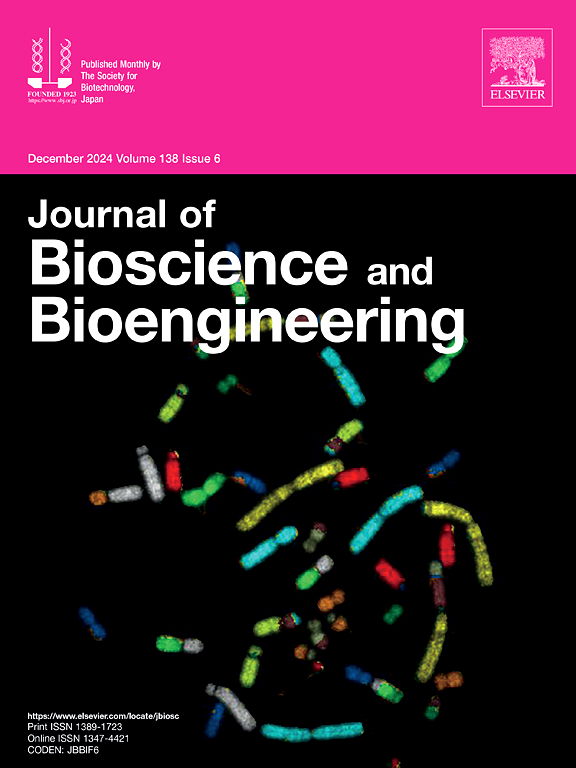增强透射电子显微镜的标本制备:台盼蓝染色和超薄细胞切片的低熔点琼脂包埋。
IF 2.9
4区 生物学
Q3 BIOTECHNOLOGY & APPLIED MICROBIOLOGY
引用次数: 0
摘要
利用透射电子显微镜(TEM)观察细胞和其他标本的超薄切片是许多生物研究实验室的标准技术。细胞通常被收集起来,通过一系列上升的醇脱水,然后包埋在树脂块中,然后用超微切片机切片。这个多步骤的过程很耗时,而且容易出错。为了应对这些挑战,我们引入了改进措施,以改善样品的可视化,同时避免有害物质,如四氧化锇和环氧树脂(例如,aralite),这些物质在国际上受到越来越多的监管。具体来说,我们用台盼蓝染色细胞,并使用低熔点琼脂,便于目视识别目标区域,实现精确的包埋。因此,改进了TEM包埋前样品的视觉跟踪,防止了空块的切割,确保了超薄切片的高效制备。本文章由计算机程序翻译,如有差异,请以英文原文为准。

Enhancing specimen preparation for transmission electron microscopy: Trypan Blue staining and low-melting-point agar embedding for ultra-thin cell sections
The observation of ultrathin sections of cells and other specimens using transmission electron microscopy (TEM) is a standard technique in many biological research laboratories. Cells are typically collected, dehydrated through an ascending series of alcohols, and embedded in resin blocks before being sectioned with an ultramicrotome. This multi-step process can be time consuming and error prone. To address these challenges, we introduced modifications to improve sample visualization while avoiding hazardous substances like osmium tetroxide and epoxy resins (e.g., Araldite), which are increasingly regulated internationally. Specifically, we stained cells with Trypan Blue and used low melting point agar, facilitating visual identification of target areas and enabling precise embedding. As a result, visual tracking of samples prior to embedding for TEM was improved, preventing the cutting of empty blocks and ensuring efficient preparation of ultrathin sections.
求助全文
通过发布文献求助,成功后即可免费获取论文全文。
去求助
来源期刊

Journal of bioscience and bioengineering
生物-生物工程与应用微生物
CiteScore
5.90
自引率
3.60%
发文量
144
审稿时长
51 days
期刊介绍:
The Journal of Bioscience and Bioengineering is a research journal publishing original full-length research papers, reviews, and Letters to the Editor. The Journal is devoted to the advancement and dissemination of knowledge concerning fermentation technology, biochemical engineering, food technology and microbiology.
 求助内容:
求助内容: 应助结果提醒方式:
应助结果提醒方式:


